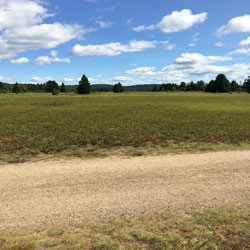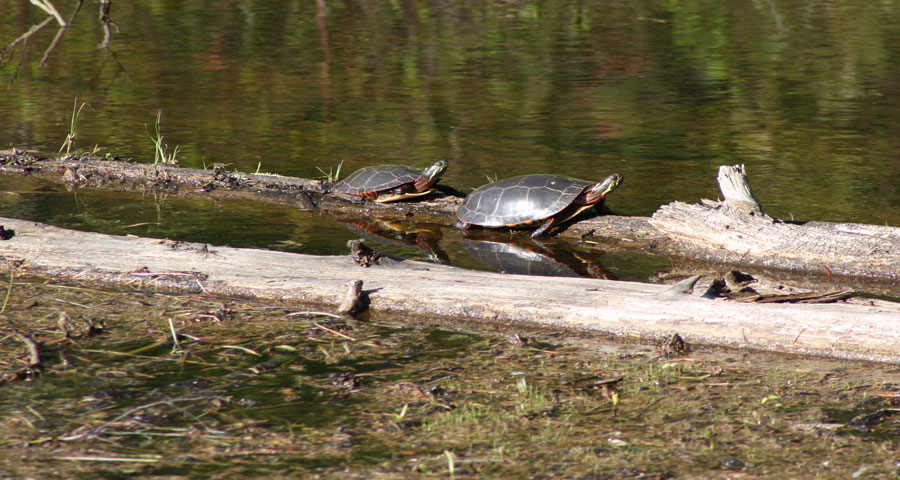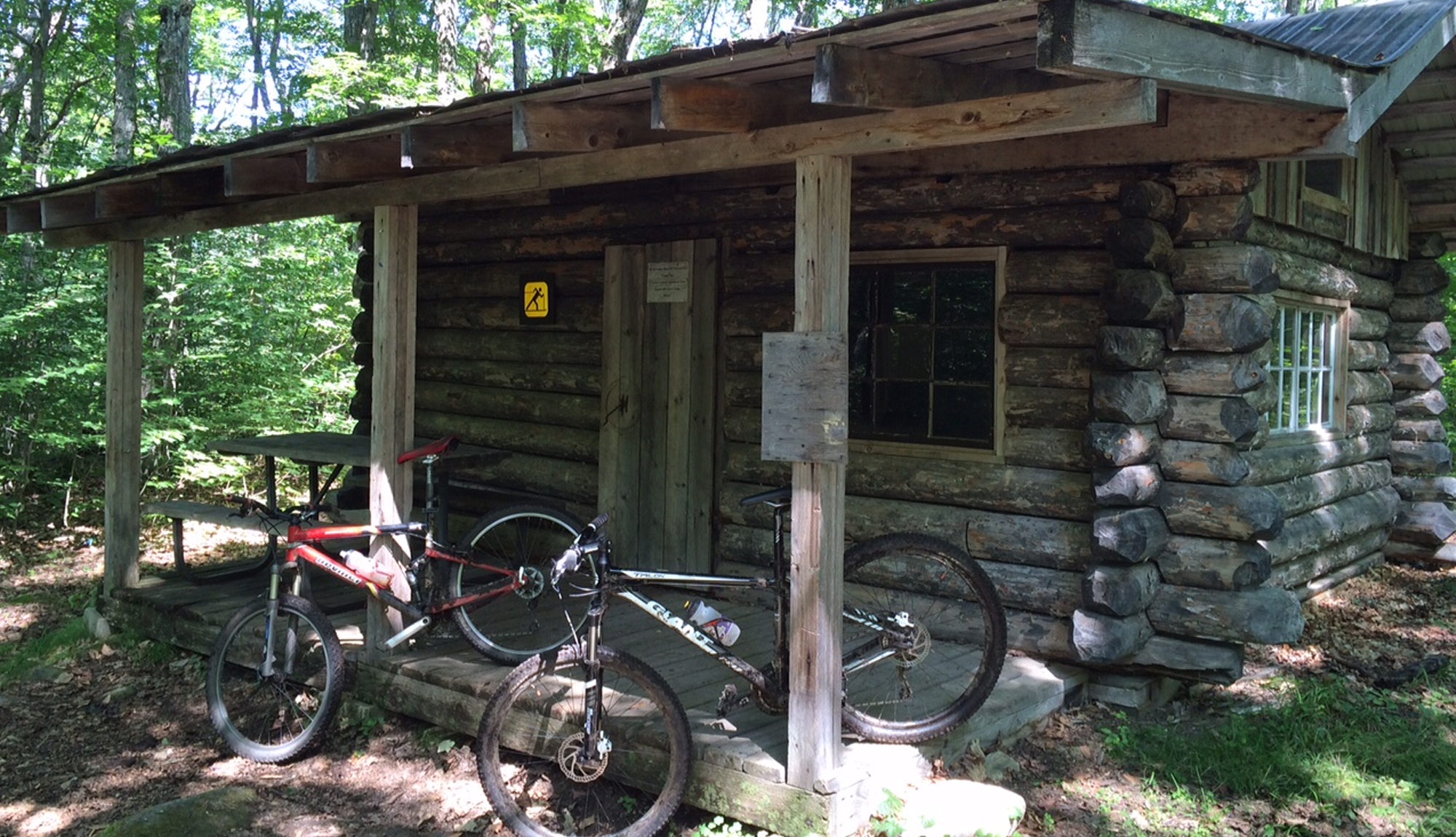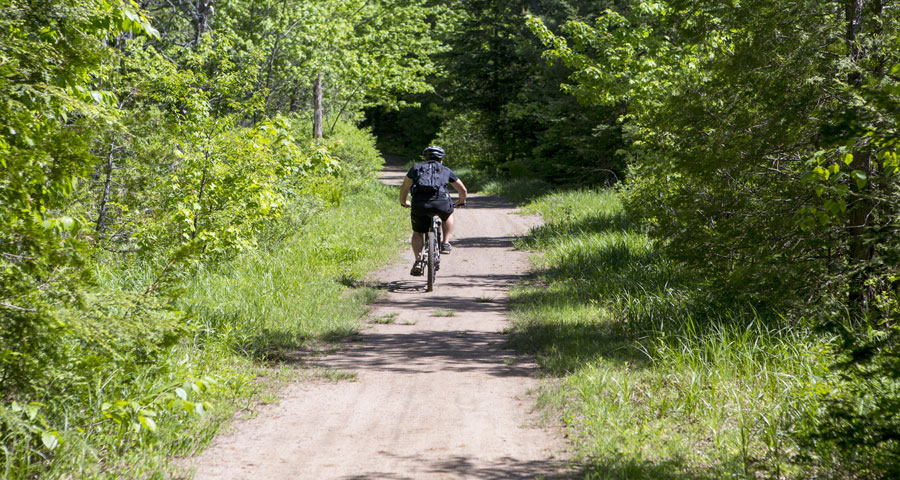Algonquin Provincial Park has always been a favourite destination for wilderness-starved folks to marvel at the majesty and wonder of Ontario’s great outdoors. Known mostly for its canoeing and hiking routes, the park also offers many great opportunities for cyclists to enjoy this iconic spot as well.
ON ROAD
There is something special about viewing the Canadian wilderness from your saddle as you hammer on the pedals. Highway 60 – the main thoroughfare through the park – runs almost 60 km between the east and west entrance gates. While the route is extremely popular for driving and tours, the highway also offers a challenging and rewarding on-road cycling experience. The pavement winds between many of the park’s pristine lakes as it rises and drops dramatically through the hilly terrain. By cycling some of the park’s side roads or campground roads in addition, you can add to the distance and create routes of 100 km or more.
If you are looking for a less gruelling ride, or if you are riding with family or friends with different levels of interest in cycling, consider riding the roads around your individual campground. This is a great way to not only enjoy the spectacular season, but it also provides opportunities to meet fellow campers.
OFF ROAD
If you are like me and prefer to ride off-road, Algonquin Park offers options to suit any level of rider. I decided to ride the park’s two most popular off-road cycling routes in a single day. Both the Old Railway Bike Trail and the *Minnesing Mountain Bike Trail are accessed from Highway 60, making them a natural choice when travelling from either the east or west park gates. Looking forward to a new challenge, my friend Rob readily accepted my invitation to ride in Canada’s oldest provincial park.
*Please note: the Minnesing Mountain Bike Trail is temporarily closed during the construction of a new trailer sanitary dump and fill station located at the trailhead and is expected to re-open mid 2025.
The Old Railway Bike Trail can be accessed from five major park campgrounds and runs up to 15km in one direction if the rider chooses to follow the additional extension. The trailhead located within the Mew Lake Campground was our natural choice as it is the closest to the western gate and our originating point of Huntsville, Muskoka.
From this trail, you can also access a trail to the nearby Lake of Two Rivers Store and Café, run by Algonquin Outfitters. Selling produce and groceries, fishing and camping supplies and serving a wide variety of food and beverages, riders can also rent bikes from Algonquin Outfitters’ fleet. Available for rent are cruiser and mountain bikes, plus fat bikes and even bike strollers and trailers to accommodate the entire family.
The Old Railway Bike Trail follows the abandoned bed of the historic Ottawa, Arnprior, and Parry Sound Railway, the same railway that the Seguin Trail in the Almaguin Highlands follows. The Algonquin portion of the trail was decommissioned in 1959 and the tracks were later removed to create the modern route. Having started its life as a rail bed, today’s trail is relatively flat and hard packed. This makes the cycling extremely accessible to riders of all ages and abilities. The trail winds through a mixture of vast, open fields and travels through densely wooded forest, skirting the shores of several of the park’s beautiful lakes.
 Having only one vehicle, Rob and I were forced to follow a there and back route that traversed the length of the trail. This created what we decided to view as a warm up ride before we hit the more strenuous riding of the Minnesing Trail.
Having only one vehicle, Rob and I were forced to follow a there and back route that traversed the length of the trail. This created what we decided to view as a warm up ride before we hit the more strenuous riding of the Minnesing Trail.
In the back of my mind I questioned the wisdom of a 20+ km warm up ride, but in the spirit of adventure we hit the trail full of enthusiasm. The trail has many points of interest to explore along its length. In addition to water crossings that still feature remnants of the original rail bridges, and several sections where the trail was carved through Canadian Shield granite, perhaps the most interesting feature was the former site of the Whitefish Lake Sawmill. A read of the trailside signboard reveals that the mill was in operation between 1957 and 1979. While there are few physical remains from the mill, a quick search revealed several mechanical remnants in various stages of disrepair. Upon our return to the Mew Lake trailhead, Rob and I both agreed that the trail was so well maintained that we felt as though we had ridden downhill in both directions.
Next we headed to the Minnesing Mountain Bike Trail. The Minnesing consists of four main loops of varying lengths, from just under 5 km to over 23km of riding. The longest loop, named the Linda Lake Route, is currently closed for maintenance and repairs. Rob and I rode the next longest loop, the 17 km route around Polly Lake. (By the end of the ride, I would find myself thankful that I didn’t have to pedal any further.)
Unlike the Old Railway Trail with its wide and smooth surface, the majority of the Minnesing is singletrack trail. The terrain is very hilly, both with short, punchy climbs and longer, lung-busting grinds. The good news about the climbs, of course, is that dedicated riders are rewarded with fast and exciting downhills. The trail offers many technical challenges, including bridges, numerous rock gardens to traverse, muddy sections to navigate and twists and blind corners to challenge even the most experienced riders. On the trail’s official web page, this route is listed as “…unsuitable for small children and unfit adults.” The Minnesing is also used for Nordic skiing in the winter.
Rob and I took a welcome break at one of the winter warm-up cabins, an original log structure complete with a wood stove and a crude bunk which made for a rustic trail-side experience. We also managed to see some wildlife along the way, including a pair of turtles enjoying the summer weather.

The Minnesing provides an excellent opportunity to challenge yourself, both individually and against fellow riders. The varied terrain and continuously changing obstacles make for an exciting back and forth test of wills and endurance. Regardless of the route you choose to ride, the Minnesing rewards with a final, white-knuckle series of downhills. Riding with a partner or group, these hills provide one last opportunity to put the hammer down, pushing your limits of skill and risk as the trees blur and the next rock or root becomes your sole focus. Arriving back at the car physically spent but with wide smiles, Rob and I both agreed that there had been numerous times through the last hills when we felt we had pushed past the edge of control, riding in a state of constant reaction as we battled the trail, each other and ourselves.
If you are looking for a way to enjoy cycling this summer and possibly challenge yourself, consider a cycling trip through the natural beauty of Algonquin Provincial Park. Highly recommended.
To plan your stay near Algonquin Provincial Park, click here.
For more information on Algonquin Provincial Park, click here.
Writer: Bill Farnsworth
Bill Farnsworth was the former Communications Coordinator for regional tourism promoter, Explorers’ Edge, the great Canadian wilderness just north of Toronto. He is also an avid cyclist and a glutton for punishment.









